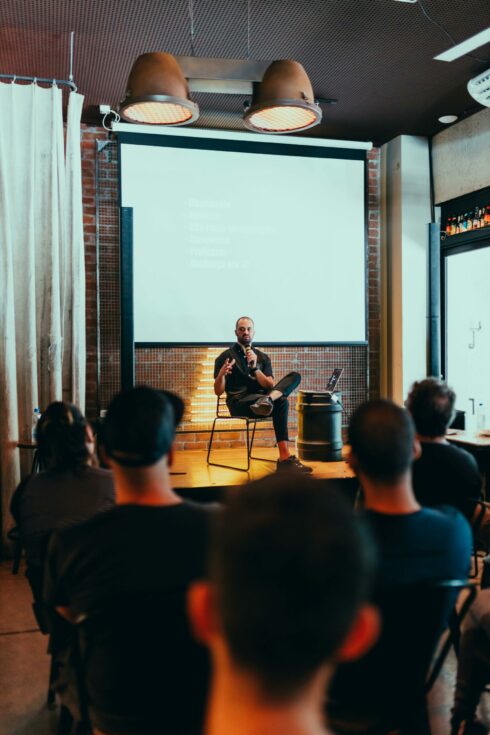
Developer advocacy is a specialized role within developer relations focused on helping customers understand how the latest trends and products translate into value, Wade Wegner, chief ecosystem and growth officer at DigitalOcean, explained during a recent episode of our What the Dev? podcast.
Advocates work to drive adoption of products, but how they do it is what sets them apart from traditional sales and marketing teams.
“[Developer advocacy] is a growth tool, and it is an incredibly powerful way to close the distance between what it is that you want to highlight, and how it translates into real things when it comes to what it is developers are doing, the code that they’re writing, the workflows that they’re building, the communities they’re involved in. And so I think I tend to think about developer advocates way more as a function of growth versus marketing or sales or or anything else,” he said.
In addition to driving growth, this work also leads to better products because the advocates can take the information they’ve learned about trends and share it with their own product teams to help them determine what to focus on. For example, a developer advocate at DigitalOcean identified MCP as an emergent trend early on and spent a lot of time working with their product and engineering teams to help them understand why it was something to be paying attention to.
According to Wegner, James Governor, co-founder of the developer analyst firm RedMonk, often talks about the idea that you have to give before you can get. What this means is that a big part of developer advocacy is knowledge sharing through content creation, such as tutorials, articles, or video content. Creating content also enables advocates to reach a global audience.
Another way to reach developers is through events, like conferences and meetups, to engage with developers in person. “We want to be where developers are showing up,” he said. “That doesn’t mean that it’s always going to be a DigitalOcean event. A lot of our team this week is at WeAreDevelopers in Berlin.”
Participating in those types of events allows advocates to show up and share, teach, and engage with the larger community.
In addition to attending third-party events, DigitalOcean also hosts its own events where it can reinforce what it believes is important and make sure the message around its products is landing with the community.
There are a number of metrics that might be useful for determining how effective developer advocacy is. Some may be very specific to a particular company and their goals, while others may be applicable to anyone. For example, sign-up completes are probably going to be relevant to most companies, whereas a developer advocacy team putting a lot of effort into YouTube might want to track metrics like non-paid views, subscribers, or average watch time.
Wegner also explained that it can be helpful to track share of voice, which is essentially how often a brand is mentioned online.
“The thing to keep in mind with share of voice is there’s things you can do to contribute to how that changes, but you’re also having to respond to what others are doing,” he said. “Maybe someone you’re indexing has a big launch, so their share of voice is going to go up that week, and yours is going to shrink relative to that. But it’s important to look at it over time to see if you’re actually able to acquire more share of voice. Are you doing the things that are translating into showing up and being present to have the impact that you want to have?”


